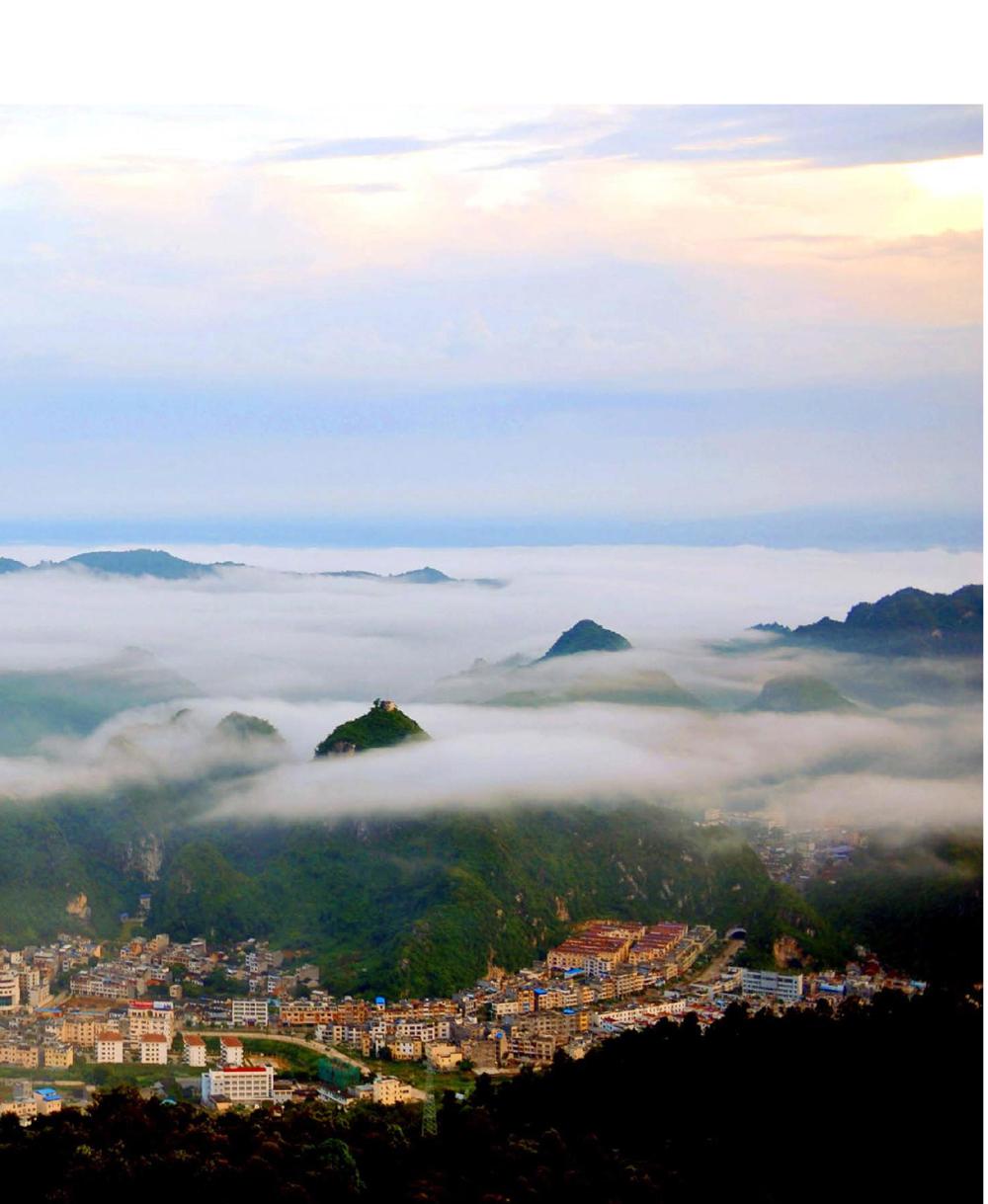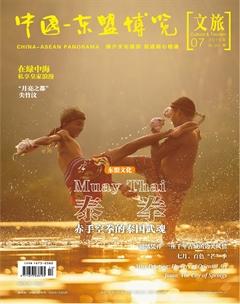A Messenger of Friendship on China-Vietnam Border
Luo Jie


In the old days, she was a vital military area where death and fighting always happened. In contemporary, she is a crucial trade city with flourishing border trade. The harmonious coexistence of the past historical sense and modern business breath shows a particular charm that attracts scores of people. The past setbacks and current open mind constitute this multicultural city, Pingxiang.
Important military area with long history
In the southwest of Guangxi, China, there is a city named Pingxiang where people can touch the history of border wars and feel the imprint on peace keeping. With 97-kilometer length of borderlines neighboring Vietnam, Pingxiang is known as the “South Gate of China”. There are two Class-I ports, i.e. Friendship Pass for highway and Pingxiang Pass for railway, one Class-II port and five barter trade sites, so Pingxiang is China's largest and most convenient land route to Vietnam and even Southeast Asia, also being probably destined to be extraordinary due to her geographical advantages.
Wars can bring sorrowful memories but also generate some famous tourism attractions, of which the most distinctive one is the Friendship Pass. As Chinas only border and strategic location being adjacent to Vietnam, Friendship Pass is doomed to witness wars and occupies an important military status. There were more soldiers, fewer businessmen; more cannons, fewer chimneys; more graves, and fewer high-rise buildings, which reflects the society of Pingxiang. In 1965, vice premier of the State Council, Chen Yi (1901-1972) made the name — Friendship Pass — for commemorating and continually deepening the friendship between China and Vietnam, replacing the original name, Zhennan Pass. Currently, this military area has already been transferred to a border port, but the decorous feeling formed by thousands of years of history has not been eliminated.
Situated in the north of Friendship Pass, the Qing Dynasty Grave for millions of people is a significant evidence of China-France War. Most of soldiers who died for protecting the country during the war against France were buried here. According to the historical records, under the close cooperation of various forces, Chinese army achieved a complete victory after three days and three nights of fierce fighting. This is the famous historical affair, Battle of Bang Bo, which shocked the world at that time. To commemorate the spirit of those brave men, in the tomb-sweeping day of 1898, the inscription, “the great Qing grave”, had been engraved on the tombstone.
Except the well-known border port and the grave of heroes, Pinggangling Underground Great Wall is another attraction in the must-go list of tourists. In the Late Qing Dynasty (1840-1912), the wall became a vital military defense system where two forts were built on the north and south sides respectively connected by over 1,000-meter underground passage, which has two exits connecting to the outside. Walking through the passage, those antiquated garrison room, ammunition depot and command room demonstrate the vestiges of brutal wars.
History endows these buildings with the significance of times, and in return, constructions become storytellers who allow comers to have in-depth cognition of the unforgettable time about the past of China-Vietnam border. Wars leave indelible scars to those buildings, which seem like phonographs playing historical music to rouse the public's inner desires for peace and friendship. Therefore, people in Pingxiang inherit spirits of courageous predecessors and treat different nations with more inclusive and amicable attitudes.
A multi-ethnic gathering place
Pingxiang City is a compact community inhabited by ethnic minorities, which includes about 24 ethnic groups, such as Zhuang, Han, Miao, Jing, Hui, Shui and Dai. Each group has their characteristic customs and habits that would not influence their harmony living and hospitable manner. Walking on the street of Pingxiang, it can be seen that residents gather together for discussing gossips with their neighbors or providing suggestions for visitors favorably.
The languages used in residents living and working contain the local vernacular, Zhuang language, Cantonese, Dongbei dialect, Yulin dialect and many other foreign accents, hence, various languages make people from different cultural backgrounds have cordial feelings for better integration into the local life.
Rich traditional custom brought about by ethnic settlements becomes an urban element of Pingxiang. No matter because of having funeral affair or due to happy celebrations, the locals usually get together and worship ancestors. In the village where Zhuangs people live, inhabitants are regarded as “Laotong”, which means that all of them are friends. The natives prefer to have banquet and drink wine with visitors to show their respects and greetings. The featured toasting habit is that hosts use a white porcelain spoon to hold the wine instead of utilizing wine glasses and then invite guests to drain the wine. Furthermore, minorities are fond of singing folk songs and regularly hold singing fairs, especially the song fair on March 3rd Festival for Zhuangs people.
Prosperous border trade
As a vital node city of the China-Indochina Peninsula Economic Corridor, Pingxiang is the functional group of Guangxi Beibu Gulf Economic Zone. The unique geographical location provides a good objective condition for economic co-operation and cultural interaction between China and Vietnam under the growing development of the border trade.
In Puzhai barter trade area lain in the border, Chinese and Vietnamese businessmen conduct a transaction for selling their specialty products, such as mahogany and tropical fruits, so as to give birth to Southeast Asia's largest market for semi-finished mahogany furniture and China's largest fruit trading market for ASEAN. The increasingly close economic relationship also strengthens the intercommunication that more Vietnamese are willing to come to Pingxiang for conducting trade, culture and tourism activities.
The strong business atmosphere, excellent entrepreneurial environment and multicultural fusion enable Pingxiang to be a good habitation for residents and immigrants. Although the development of border trade signifies the transformation of the role that Pingxiang plays, the inclusive and peaceful core of this city still remains intact.

